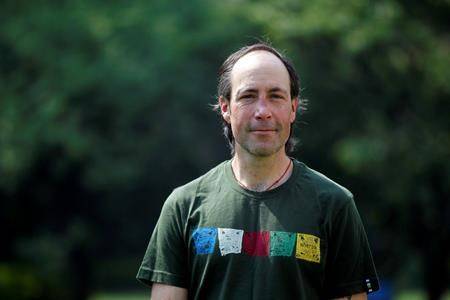Scaling Mount Everest was a dream few realized before Nepal opened its side of the mountain to commercial climbing a half-century ago.
This year, the government issued a record number of permits, leading to traffic jams on the world’s highest peak that likely contributed to the greatest death toll in four years.
READ MORE: B.C. man who ascended Everest recounts injuries, frostbite and death
As the allure of Everest grows, so have the crowds, with inexperienced climbers faltering on the narrow passageway to the peak and causing deadly delays, veteran climbers said.
After 11 people died this year, Nepal tourism officials have no intention of restricting the number of permits issued, instead encouraging even more tourists and climbers to come “for both pleasure and fame,” said Mohan Krishna Sapkota, secretary at the Ministry of Tourism and Civil Aviation.
Nepal, one of the world’s poorest countries, relies on the climbing industry to bring in $300 million each year. It doesn’t cap the number of permits it issues or control the pace or timing of the expeditions, leaving that to tour operators and guides who take advantage of brief clear weather conditions whenever they come, leading to pileups near the peak.
On May 22, a climber snapped a photo from a line with dozens of hikers in colorful winter gear that snaked into the sky.
Climbers were crammed crampon-to-crampon along a sharp-edged ridge above South Col, with a 7,000-foot (2,000-meter) drop on either side, all clipped onto a single line of rope, trudging toward the top of the world and risking death as each minute ticked by.
“There were more people on Everest than there should be,” said Kul Bahadur Gurung, general secretary of the Nepal Mountaineering Association, an umbrella group of all expedition operators in Nepal. “We lack the rules and regulations that say how many people can actually go up and when.”
The death toll this season is the highest since 2015. Most of those who died are believed to have suffered from altitude sickness, which is caused by low amounts of oxygen at high elevation and can cause headaches, vomiting, shortness of breath and mental confusion.
Once only accessible to well-heeled elite mountaineers, Nepal’s booming climbing market has driven down the cost of an expedition, opening Everest up to hobbyists and adventure-seekers. Nepal requires climbers to have a doctors’ note deeming them physically fit, but not to prove their stamina at such extreme heights.
Because of the altitude, climbers have just hours to reach the top before they are at risk of a pulmonary edema, when the lungs fill with liquid. From Camp Four at 8,000 metres (26,240 feet) to the 8,850-meter (29,035-foot) peak, the final push on Everest is known as the “death zone.”
The conditions are so intense at such times that when a person dies, no one can afford to expend energy on carrying the body down from the mountain.
“Every minute counts there,” said Eric Murphy, a mountain guide from Bellingham, Washington, who climbed Everest for a third time on May 23. He said what should have taken 12 hours took 17 hours because of struggling climbers who were clearly exhausted but had no one to guide or help them.
Just a handful of inexperienced climbers, he said, is “enough to have a profound effect.”
The Associated Press
Like us on Facebook and follow us on Twitter




